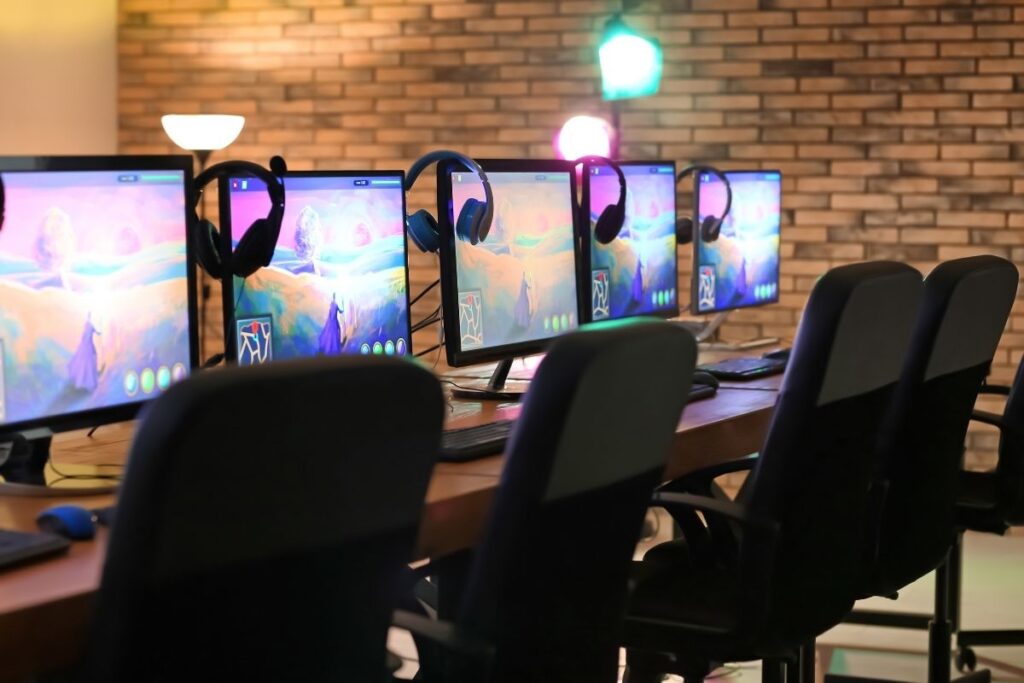It is odd to hear sounds behind you, but it is actually on the screen in front of you. But that’s precisely what happens with Dolby 5.1 and gaming. We have grown to accept it. But it is artificial.
In VR, you want to hear a character coming up behind you. If a character is 100 feet away talking, you want to feel and hear them as if they really are that far away IRL. That is why the concept of spatial audio in VR is huge.
Spatial Audio
Sound is incredibly important in gaming. Yet, some developers do not realize how imperative it is. They’ll work on a game for a year, then show it off without sound. “Audio design is extremely important,” Dan Shimmyo says. “And if you are not thinking about audio early, I feel like you are failing to develop your game.”
In VR, audio is vital because players need to hear where sounds are coming from. Shimmyo describes a perfect example of this using zombies. “You want to be able to hear a zombie coming so that you can protect yourself and deal with them as quickly as possible, expecially when they’re coming/sneaking up behind you. And what could be more terrifying that sitting in a dark room but you can hear these zombies coming from all sides?”
If a player is holding a lightsaber in their hand, they should be able to hear sound like it is really there. Spatial audio is a fantastic part of the immersion of VR. There is a significant difference between looking at something two-dimensional and hearing a sound over here on stereo. It may work, and we may accept it in regular gaming. But in VR, we want technology to advance to full immersion for the best possible experience.

Top Salon Management Tips for Success
Discover effective salon management tips to elevate your business, from superior staff management to strategic marketing. Learn to excel in a vibrant beauty industry!



